Energy Transition #8: Revisiting Energy Transition
Key Takeaways from IEA's World Energy Outlook 2024
This is the 8th post in the Energy Transition Series: Megatrend of the Decade. The previous posts are collated here:
“Clean electricity is the future, and one of the striking findings of this Outlook is how fast demand for electricity is set to rise, with the equivalent of the electricity use of the world’s ten largest cities being added to global demand each year”
IEA World Energy Outlook 2024
Electrification: The Cornerstone of a Sustainable Future
How we consume energy is changing. We are heading into a world that is getting electrified - incrementally we are getting more reliant on electricity for our energy needs!
I was amazed when I first found out that only about 20% of energy needs are met via electricity (which includes generation using fossil fuels as well).
This is a value migration case study with profound implications in energy sector.Detailed post on Electrification:
Why Electrification?
(1) Cost-effectiveness
Clean energy technologies, including solar PV and wind power, have recently experienced substantial cost reductions, making them increasingly competitive with fossil fuels.
In my previous posts I had alluded that cost effectiveness is the key driver of Energy Transition. But there is more to this than the cost alone...(2) Energy Security
Transitioning to clean energy sources, such as solar PV and wind, provides long-term economic and energy security gains - especially for economies heavily dependent on imported fossil fuels.
In this environment, marked by continued geopolitical hazards, this transition mitigates the risks with a relatively abundant supply of multiple fuels and technologies.
Note: My view differs in some sense from IEA.
In my opinion, the priority is abundant, affordable, reliable, and geopolitically secure energy. Counterintuitively, in doing so, environmental and climate goals have a greater chance of being achieved than “climate only, net zero by round number year” frameworks.Growth in Electricity Consumption
Electricity demand grows much faster than overall energy demand. Since 2010, electricity demand has risen at an average rate of 2.7% per year, while overall energy demand has increased at a slower pace of 1.4% annually.
Clean energy is entering the energy system at an unprecedented rate, including more than 560 gigawatts (GW) of new renewables capacity added in 2023. However, the deployment is far from uniform across technologies and countries.
and has the potential to accelerate as well:
There is scope to go even faster: today’s solar manufacturing capacity hovers around 1100 GW per year, potentially allowing for deployment almost three-times higher than in 2023.
Electricity is increasingly being used in place of fossil fuels to provide heat, mobility (EVs), and industrial energy demand. Furthermore, there is growth notably in cooling and new ones such as data centers.
Innovations such as smart grids and advances in the efficiency of electric motors and appliances have also boosted the appeal of electricity.
The electrification is expected to surpass other modes of energy consumption, indicating a fundamental shift in energy usage patterns across various sectors, including transportation, buildings, and industry.
Part of the reason for accelerated Electrification is:
Electric Vehicles (EVs): The rise of EVs is transforming the transportation sector, gradually replacing internal combustion engine vehicles. 8.7X Growth projected in the report
Electricity demand from EVs rises from 115 TWh today to around 1000 TWh by 2030 – an amount equivalent to today’s electricity demand in Japan. This increase accounts for around 15% of total global electricity demand growth
(As per Stated Policies Scenario (STEPS))
Data Centers: The increasing demand for data processing and storage, fueled by Artificial Intelligence (AI) growth, significantly contributes to electricity consumption.
Buildings: Electricity increasingly powers heating, cooling, and appliances in buildings, driven by efficiency improvements and a shift away from fossil fuels.
Heat Pumps: Heat pumps offer an energy-efficient alternative for space heating and are gaining popularity as a means to electrify buildings.
Need to study more about this. This is applicable is western world where central heating is required given the cold weather. However, this is a fast growing areaDemand from Developing Countries: As developing countries experience economic growth and rising living standards, their demand for electricity surges, contributing significantly to global electricity consumption.
Pathways to Energy Transition
The electrification will require a variety of clean energy sources working in concert. While renewables, particularly solar PV and wind, will lead the expansion in electricity generation, a diverse set of dispatchable low-emission sources like hydropower, bioenergy, and nuclear power remain essential to ensuring affordable and secure transitions. Existing infrastructure for fossil fuels could help scale up low-emission fuels like hydrogen. Further, technologies like carbon capture can be used to reduce emissions from existing coal-fired power plants and play an important role in decarbonizing energy beyond 2035.
In addition to the supply side, increasing the share of electricity in total final consumption will also dampen energy demand growth as it displaces the less efficient direct use of fossil fuels.
Ultimately, a successful energy transition requires a multifaceted approach leveraging the strengths of diverse clean energy technologies and prioritizing a secure, sustainable, and people-centered energy system.
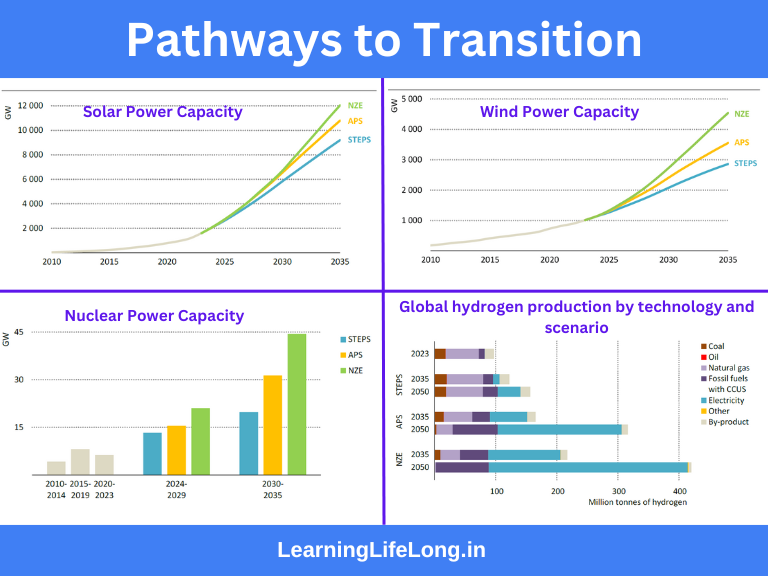
Challenges
Despite the compelling benefits of electrification, several challenges must be addressed to ensure a successful transition:
Note: These challenges may also be read as opportunities. Be ready to get surprised by the new innovations / technologies coming out in this space especially as technologies converge. (1) Electricity Grid Expansion: Significant investment and upgrades to electricity grids are needed to accommodate the rising demand for electricity and integrate a larger share of variable renewable energy sources.
(2) Clean Energy Investment in Developing Economies: A significant clean energy investment gap exists in emerging markets and developing economies, particularly those outside of China. Mobilizing capital and creating a favorable investment environment in these regions is crucial for achieving a global energy transition.
(3) Supply Chain Concentration: Addressing potential vulnerabilities in clean energy supply chains, such as market concentration and geopolitical risks, is essential for maintaining energy security during the transition.
(4) Energy Affordability: While many clean energy technologies are becoming increasingly cost-competitive, their upfront costs remain a barrier.
To Sum Up
Electrification is a pivotal force shaping the future of energy. Driven by cost-effectiveness, energy security, and the urgent need to address climate change, the transition to a more electrified energy system is rapidly unfolding. Note: This is a mega-trend. However, being a mega trend does not translate it into a good investment. Do your own due diligence.Until Next Time. Chao 🙂
Invest in yourself…. be a learning machine.
These communities have helped me learn the nuances of investing. Why not check them out? - Join the community of learners.
Free Course by Vivek Mashrani (TechnoFunda Investing)
Book/reading recommendations
Supporting my work
This Substack will never be paywalled. I don’t want to accept voluntary payments for future unknown work.
But if you got this far, chances are you find my writing valuable. So please spread the word! Sharing, liking, and commenting all help spread the word!
Connect on X @pankajgarg_ciet
Disclaimer: I am not SEBI registered. The information provided here is for educational purposes only. This is not a buy or sell advice. I will not be responsible for any of your profit/loss based on the above information. Consult your financial advisor before making any decisions.
Thanks for reading Learning Lifelong! Subscribe for free to receive new posts and support my work.





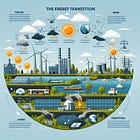
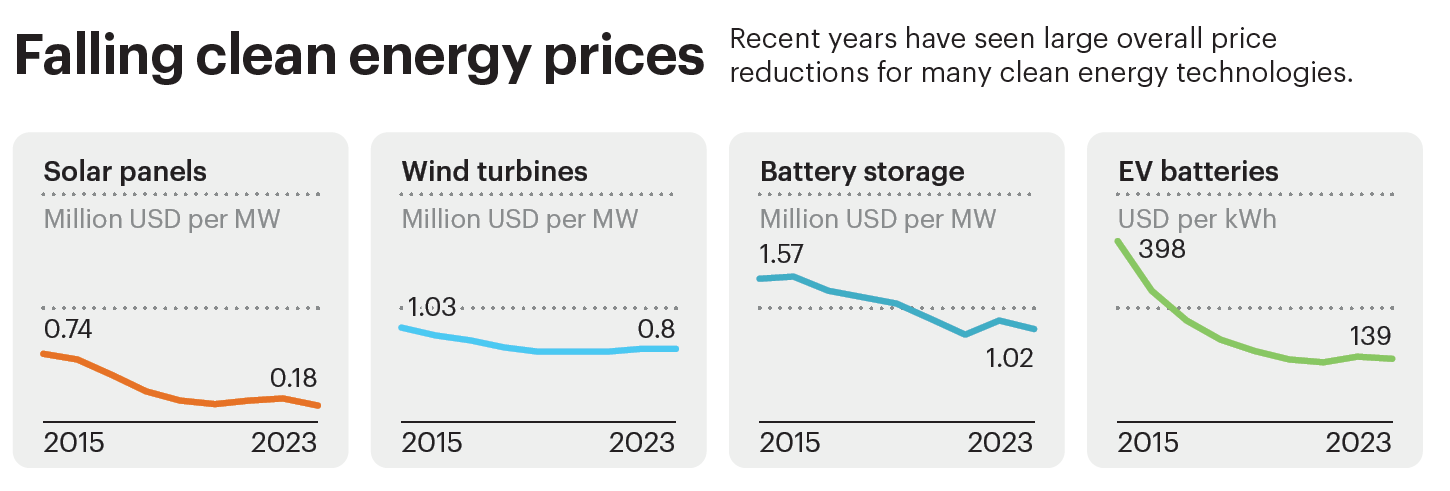
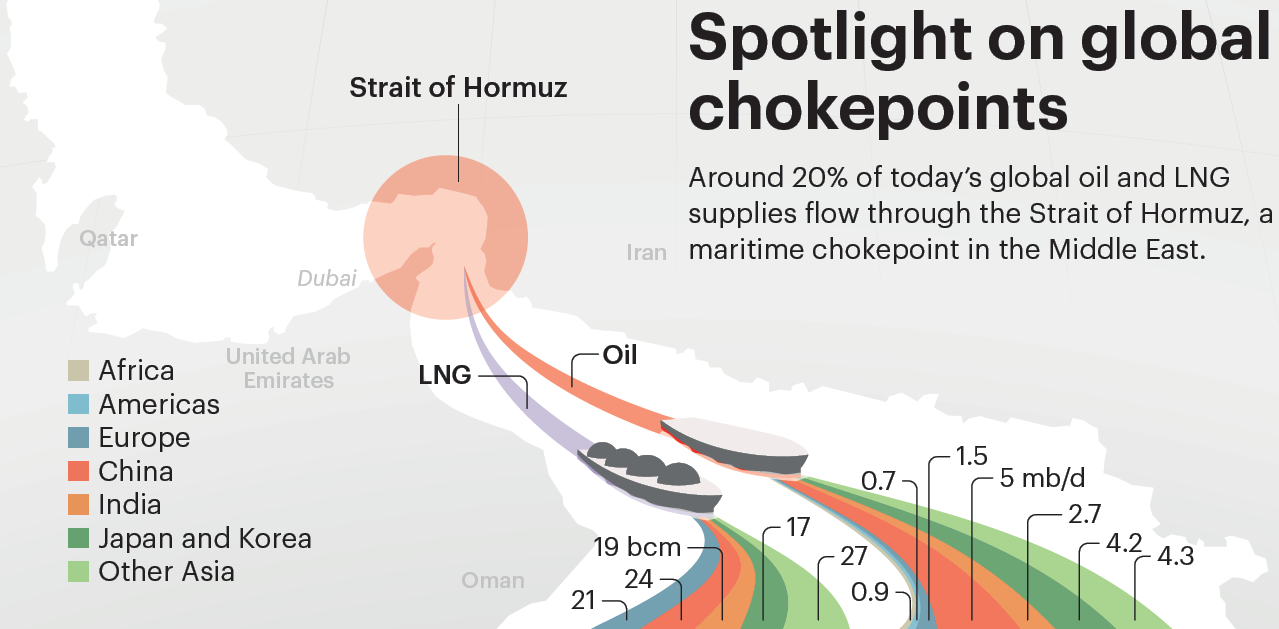

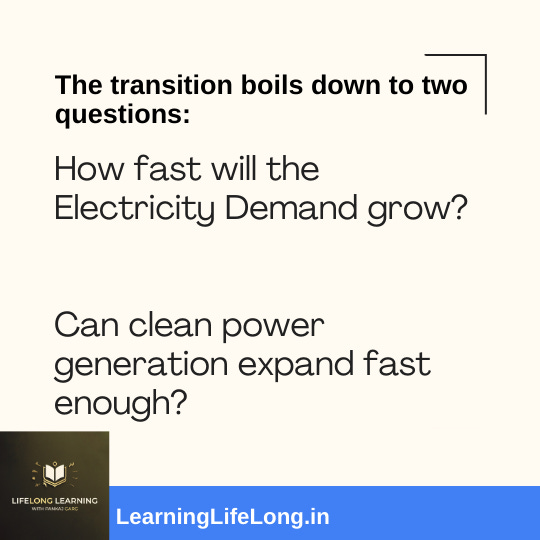
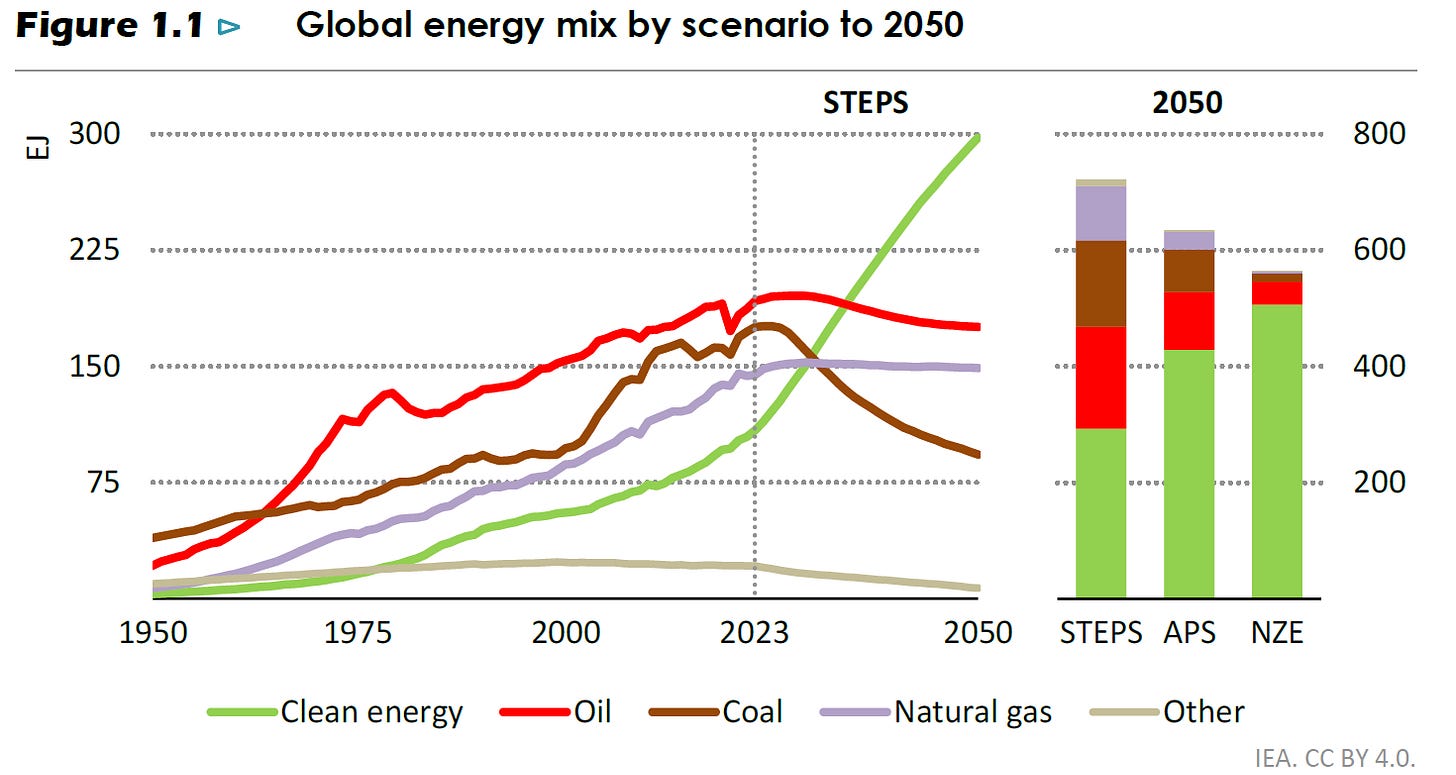
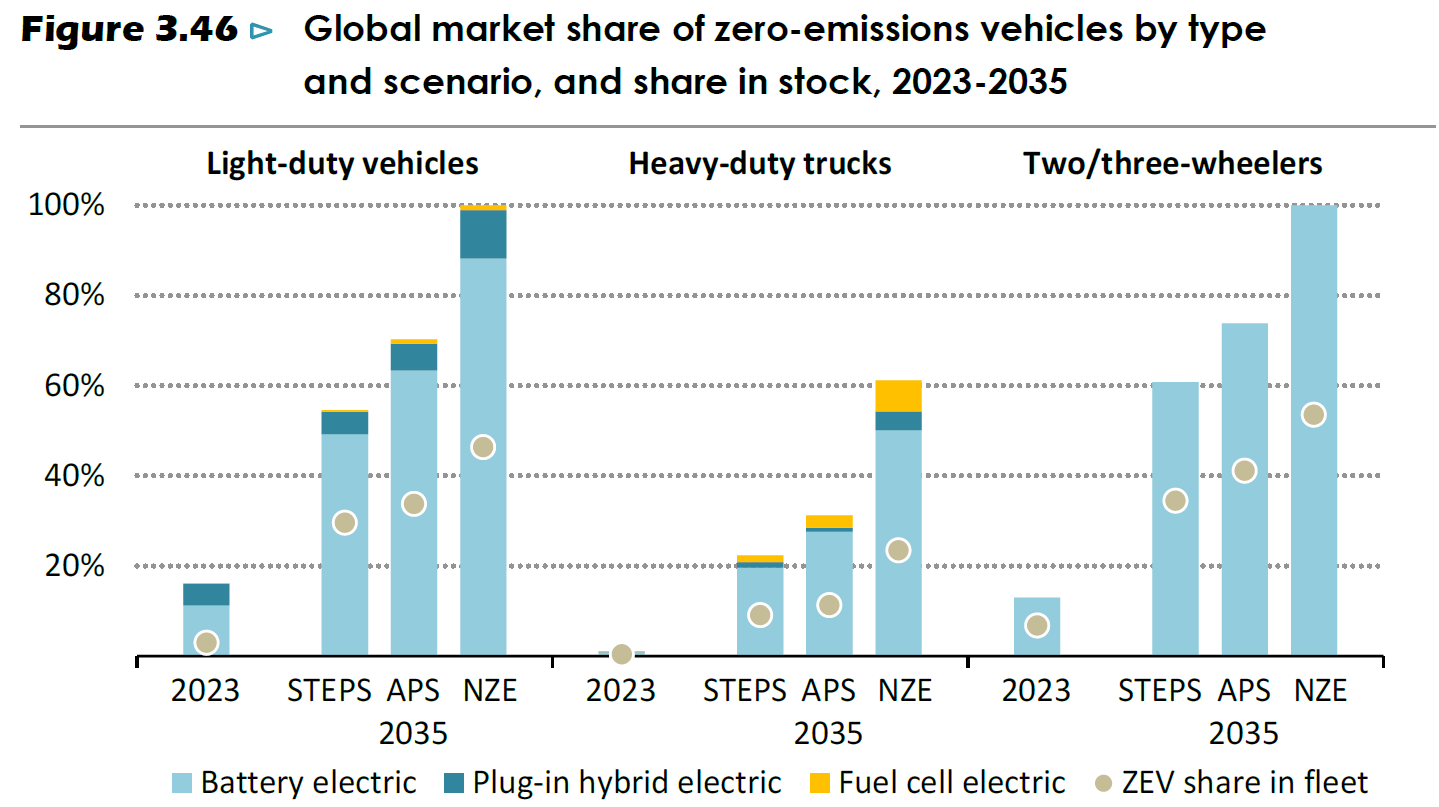
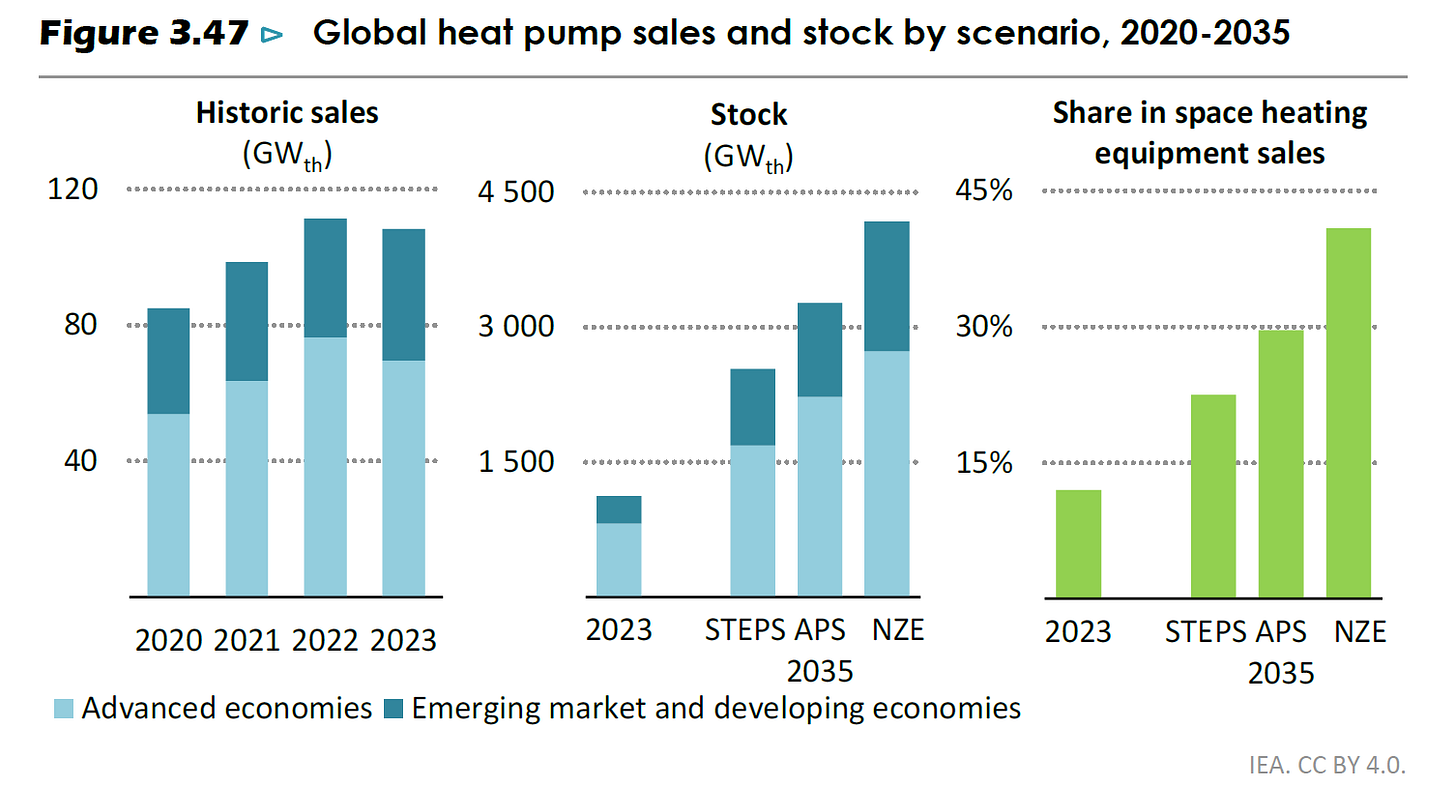
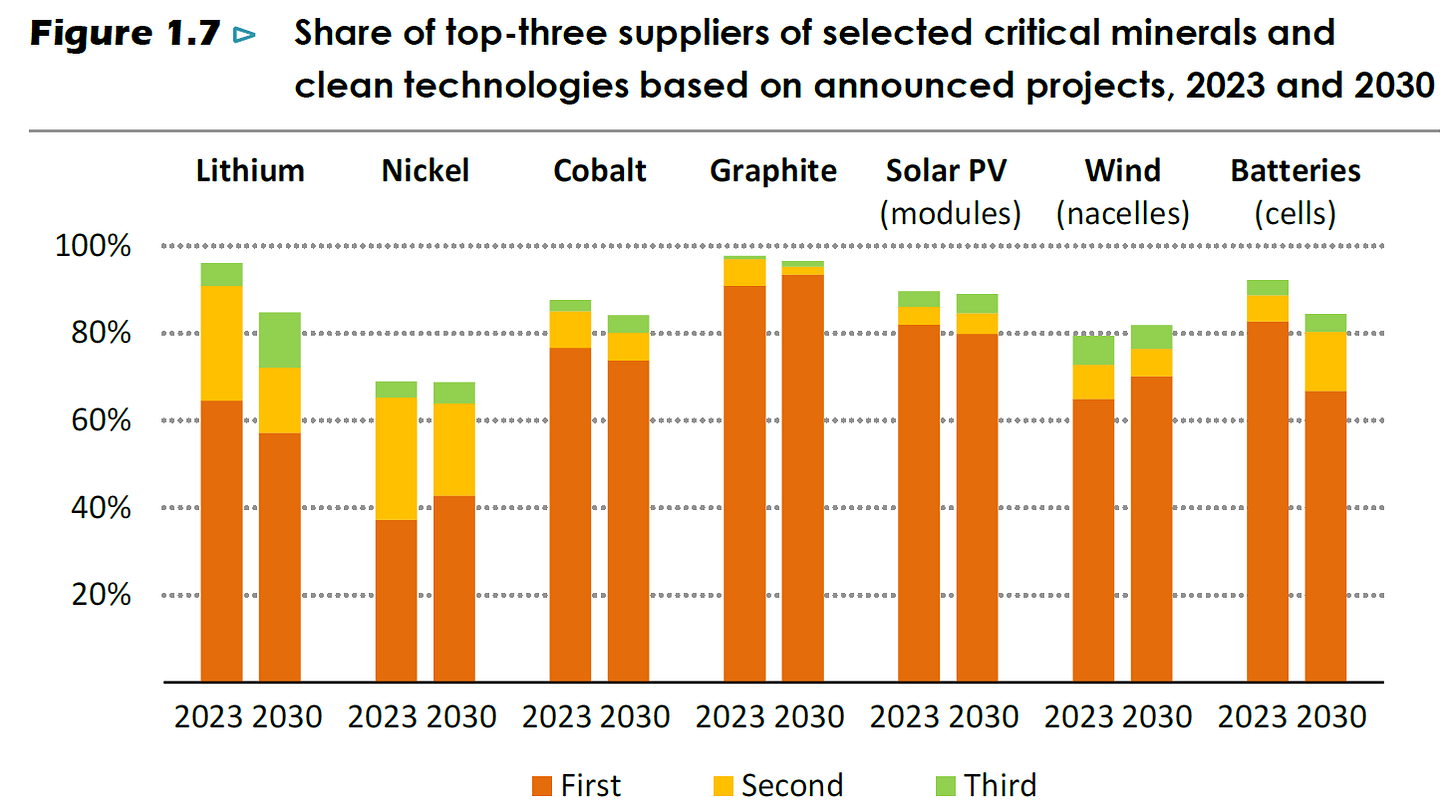
👍👍👍👍 What is chao? EVs battery requires replacement appx in three years needs to adress disposal / recycling of same